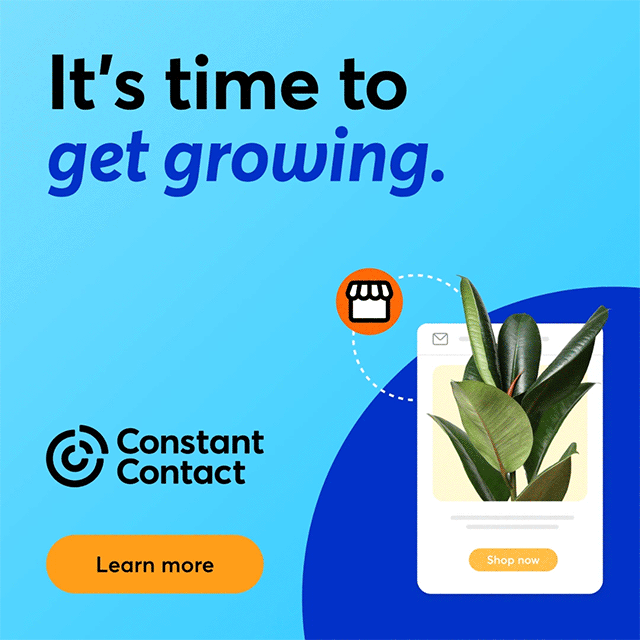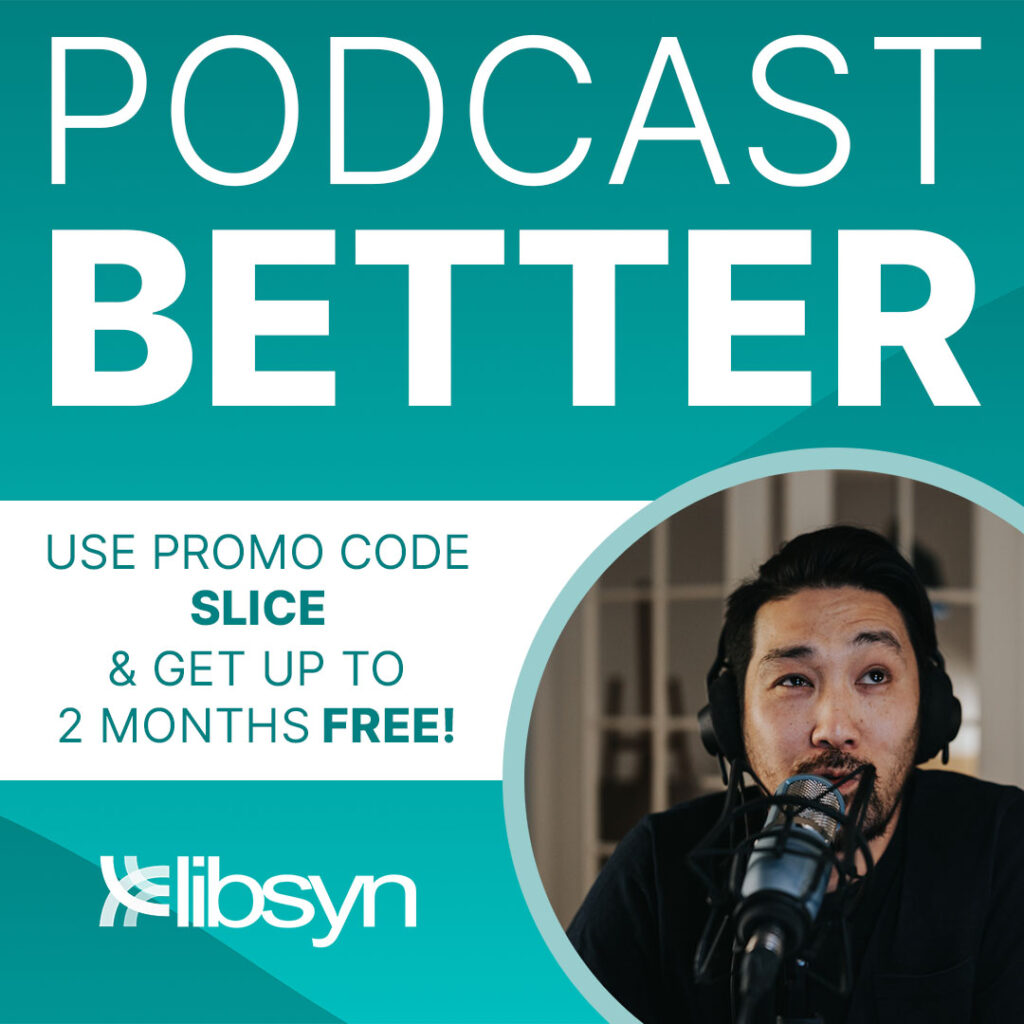 Marketing content has one overriding purpose: to get customers to start or continue on their sales journey to the point where they engage you or purchase your product. This could happen if your content results in a click for more information, a click to make a purchase or an appointment, asking for more information or subscribing to your email newsletter or blog.
Marketing content has one overriding purpose: to get customers to start or continue on their sales journey to the point where they engage you or purchase your product. This could happen if your content results in a click for more information, a click to make a purchase or an appointment, asking for more information or subscribing to your email newsletter or blog.
A trigger is one useful technique to persuade your prospect to take a desired action. The trigger has had a fair amount of attention in the content world over ever since Jonah Berger’s book Contagious came out in early 2013. Berger, who teaches marketing at the University of Pennsylvania’s Wharton School of Business, includes triggers as one of six principles which make something go viral, such as a YouTube video or a Facebook or blog post. The others are social currency, emotional resonance, observability, usefulness, and storytelling.
What the trigger does is provide a comforting reference for customers. The best trigger, says Derek Halpern of Social Triggers, are those which make customers happy.
Use A Trigger to Market To Specific Customers
The trigger works most effectively in content targeting specific, segmented customers. This is easy to do in your email marketing campaigns, where you can create segmented customer groups based on criteria you've established for your various buyer personas. A tool like Constant Contact (a company a work with) is particularly useful for this purpose. For example, customer segmentation can be based on demographic data or the type of goods or services a visitor to your website purchased in the past.
For example, if you’re looking to attract an older clientele to your law practice, you want to use triggers to attract and hold their attention. They may not be interested in the work being done by the criminal attorneys in your firm, but an article in your monthly newsletter about the tax effect of IRA withdrawals might grab their attention. Or if you want to bring in business for your estate planning practice, you might trigger a response with a blog post about the number of people who die every year without a will and the effects this has on their families.
Likewise, if you’re looking for younger customers to come to your accounting firm, a message such as “are you maximizing the tax deductions you can take on your house?” may resonate because they’re more likely to be new homeowners. Your older, established customers already understand they can deduct mortgage interest, energy efficiency improvements, home offices, and so on. For them, you may want to offer information on reverse mortgages and scams targeting grandparents.
If you’re opening a new business, remember location can be a powerful keyword and trigger for local and mobile search. Google updated its guidelines for local pages, and Bing has adopted the “carousel” format Google once used.
Same Trigger, Different Customer
Both Berger and Halpern endorse the use of a trigger because they remind customers of what they like or need to be happier and / or more successful.
Sometimes this happens without any effort. Berger notes how sales for Mars candy bars rose when the Mars Pathfinder was in the news. Coincidence? Maybe not, even if the two had no intention of boosting one another. (However, there’s no evidence Nissan saw an increase in Pathfinder sales.)
I have read Halpern’s email newsletter and remember one in which he showed two similar triggers used to advertise different high-end vehicles for opposite purposes.
- One ad stressed the quiet ride: “all you can hear is the electric clock.”
- The other read “all you can hear is the roar of the engine.”
Both were marketing sound, or the lack of it, to customers who could pretty much afford to buy whatever they wanted. One group of customers presumably treasured quiet rides that block out the noise outside, while the other wanted the world to know who’s coming ‘round the corner. Presumably, these qualities distinguished them from other luxury cars as well.
Did it work? The ads ran in the mid-1960s. To this day, Rolls Royce is associated with ultra-comfort which includes silence, and Land Rover maintains its association as one tough vehicle you’d better pull over to let pass.
Comment below and share your own examples of a trigger that has worked well for you.







